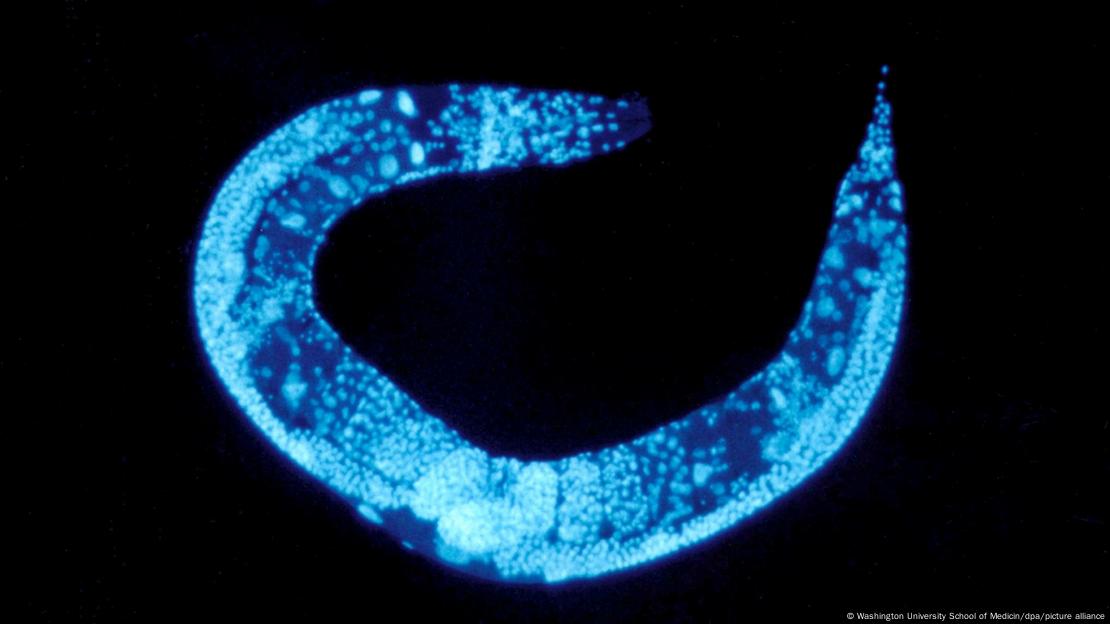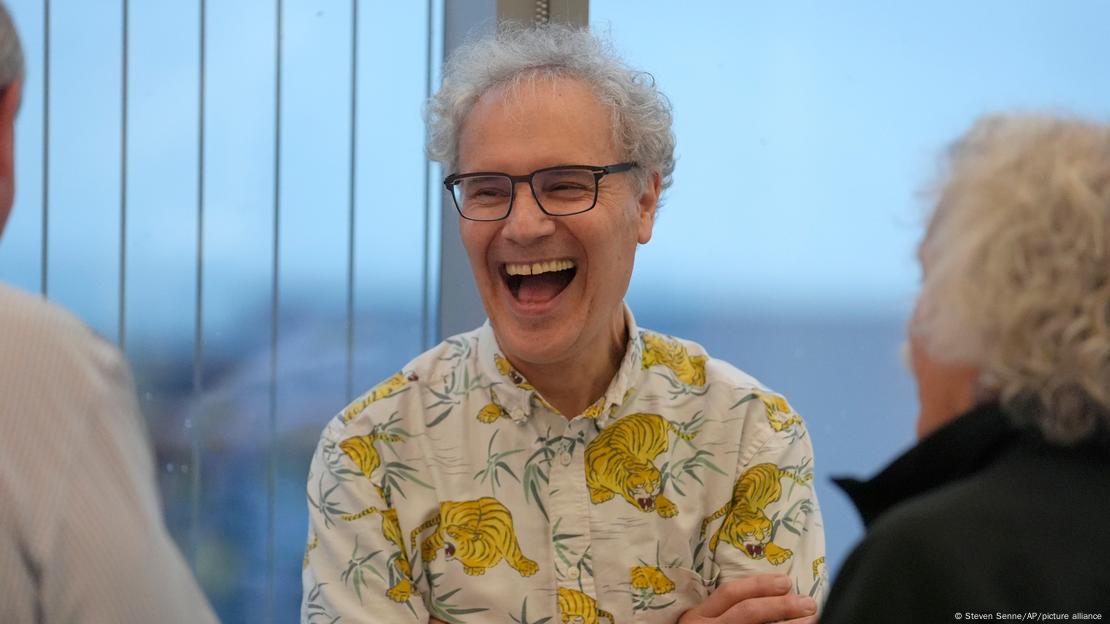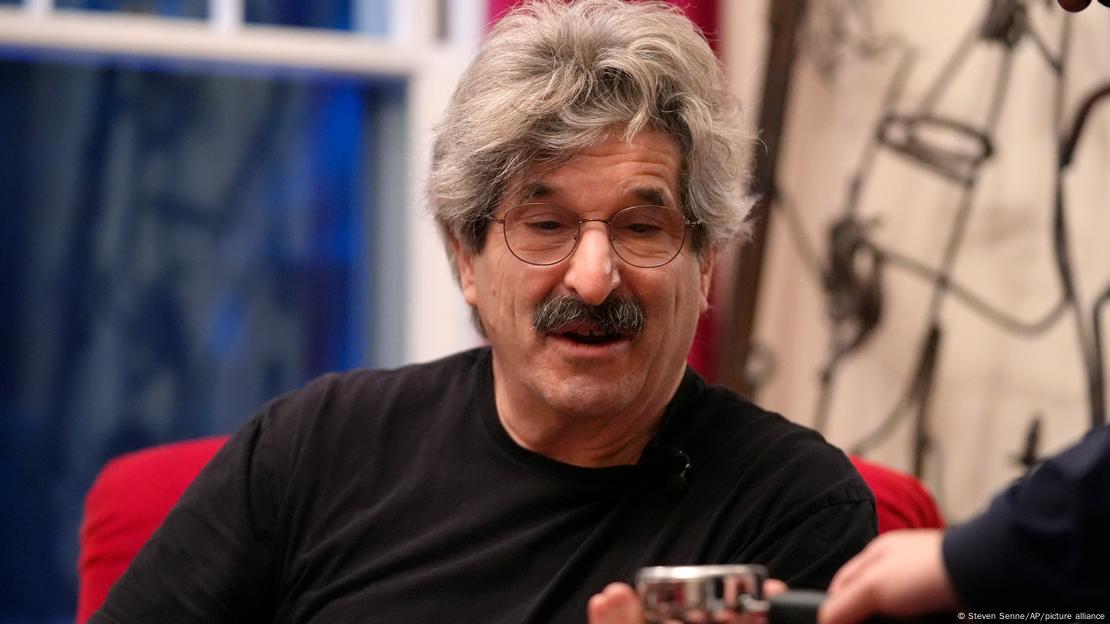Floor swabbing could help prevent COVID-19 outbreaks in hospitals
In two Ontario hospitals, high levels of SARS-CoV-2 on floors correlated with COVID-19 cases among healthcare workers and patients, suggesting floor swabbing as a potential method to prevent outbreaks
\
COVID-19 is here to stay. As restrictions and human testing have waned, new research is tackling the challenge of how we can monitor, predict, and prevent cases and outbreaks of COVID-19, especially among vulnerable groups like hospitalized patients.
One approach is environmental surveillance. The most well-known incarnation is wastewater surveillance, which rose in prominence following the advent of the COVID-19 pandemic. But the Coronavirus in the Urban Built Environment research team, also known as CUBE, is exploring an alternative—swabbing the floors.
In a recent study at two hospitals in Ontario, CUBE researchers swabbed the floors of healthcare worker areas, such as change rooms, meeting rooms and staff washrooms, and observed a strong association between the amount of SARS-CoV-2 viral matter found on the floor and the number of cases and outbreaks of COVID-19 in the hospital.
“The association between floor swabs and human cases and outbreaks was something we had previously observed in long-term care homes, and we wanted to test the hypothesis in the hospital setting,” says Dr. Caroline Nott, Infectious Disease Physician at The Ottawa Hospital, Assistant Professor at the University of Ottawa Department of Medicine, and one of the principal investigators of CUBE.
For every 10-fold increase in the amount of virus detected on the floor, the researchers observed a corresponding 15-fold increase in patient cases and a 22-fold higher odds of a COVID-19 outbreak. These results add to the mounting evidence that floor swabbing may provide an additional layer of monitoring to help inform infection prevention and control measures in hospitals and other settings.
“To be clear, COVID-19 is not spreading via the floor,” reassures Nott. “It is extremely rare to catch COVID-19 from any surface. Rather, what we are seeing in our floor swabs is a reflection of the burden of infection in the humans occupying the environment where we are swabbing. So if we start seeing an increase in the amount of virus we are finding on the floor, it could be a signal that additional cases and potentially outbreaks are on the way. This kind of early warning may help the hospital prepare and take preventative measures.”
But why would the amount of virus on the floor in healthcare worker areas reflect the burden of COVID-19 in the hospital’s patient population?
“Great question,” says Dr. Michael Fralick, Clinician Scientist at Sinai Health, Associate Professor at the University of Toronto, and CUBE principal investigator. “COVID-19 is a respiratory illness. It spreads via droplets and aerosols, which can travel a relatively long distance before falling to the floor.”
Fralick continues, “We focused on healthcare worker areas mainly for pragmatic reasons: those areas are more straightforward to access and do not disrupt direct patient care, which are important considerations if an approach like this were to be implemented.”
The study was conducted over 39 weeks between July 2022 and March 2023, with a total of 760 floor swabs collected. Swabs were processed for SARS-CoV-2 using quantitative reverse-transcriptase polymerase chain reaction. Grouped fivefold cross-validation was used to evaluate model outbreak discrimination. The paper was published last month in Cambridge University Press’s Infection Control and Hospital Epidemiology.
While COVID-19 has fallen out of the public consciousness, building the capacity in our healthcare systems to prevent illness and death in the event of seasonal resurgence and future variants is paramount, says Nott. “We weren’t prepared for COVID-19, and as a result many people died or have suffered long-term effects, especially vulnerable people like those being treated in hospitals or living in long-term care. We are driven to develop methods to prevent similar suffering in future, whether it is a new COVID-19 variant or a different pathogen altogether.”
Journal
Infection Control and Hospital Epidemiology
Subject of Research
Not applicable
Article Title
SARS-CoV-2 burden on the floor was associated with COVID-19 cases and outbreaks in two acute care hospitals: a prospective cohort study






